+ Filter
 Loading...
Loading...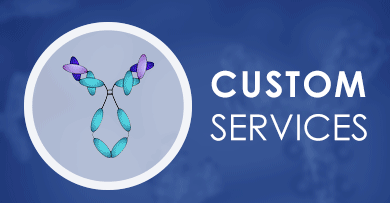

STAT5A
 Loading...
Loading...Anti-STAT5A ProductsBackground
Anti-STAT5A Products
- AbPlus™ Anti-STAT5a Magnetic Beads (VS-0724-YC470) (VS-0724-YC470)
-
- Target: STAT5a
- Target Species: Human
- Application: IP, Protein Purification
- Anti-STAT5A Immunohistochemistry Kit (VS-0325-XY2197)
-
- Species Reactivity: Human, Mouse, Rat
- Target: STAT5A
- Application: IHC
- Anti-Mouse STAT5A Immunohistochemistry Kit (VS-0525-XY6957)
-
- Species Reactivity: Human, Mouse, Rat, Canine, Monkey
- Target: STAT5A
- Application: IHC
- Anti-Human STAT5A Immunohistochemistry Kit (VS-0525-XY6956)
-
- Species Reactivity: Human
- Target: STAT5A
- Application: IHC
- Anti-Rat STAT5A Immunohistochemistry Kit (VS-0525-XY6958)
-
- Species Reactivity: Human, Mouse, Rat
- Target: STAT5A
- Application: IHC
View More Products
Can't find the products you're looking for? Try to filter in the left sidebar.Filter By Tag
More Infomation
Our customer service representatives are available 24 hours a day, from Monday to Sunday. Contact Us
For Research Use Only. Not For Clinical Use.
Background
The protein encoded by this gene is a member of the STAT family of transcription factors. In response to cytokines and growth factors, STAT family members are phosphorylated by the receptor associated kinases, and then form homo- or heterodimers that translocate to the cell nucleus where they act as transcription activators. This protein is activated by, and mediates the responses of many cell ligands, such as IL2, IL3, IL7 GM-CSF, erythropoietin, thrombopoietin, and different growth hormones. Activation of this protein in myeloma and lymphoma associated with a TEL/JAK2 gene fusion is independent of cell stimulus and has been shown to be essential for tumorigenesis. The mouse counterpart of this gene is found to induce the expression of BCL2L1/BCL-X(L), which suggests the antiapoptotic function of this gene in cells. Alternatively spliced transcript variants have been found for this gene.

Protein class
Cancer-related genes, Plasma proteins, Transcription factors
Predicted location
Intracellular
Single cell type specificity
Low cell type specificity
Immune cell specificity
Low immune cell specificity
Cell line specificity
Cell line enhanced (HDLM-2, HEL, HMC-1, K-562, MOLT-4)
Interaction
Forms a homodimer or a heterodimer with a related family member. Binds NR3C1 (By similarity). Interacts with NCOA1 and SOCS7. Interacts with ERBB4.
Molecular function
Activator, DNA-binding
More Types Infomation


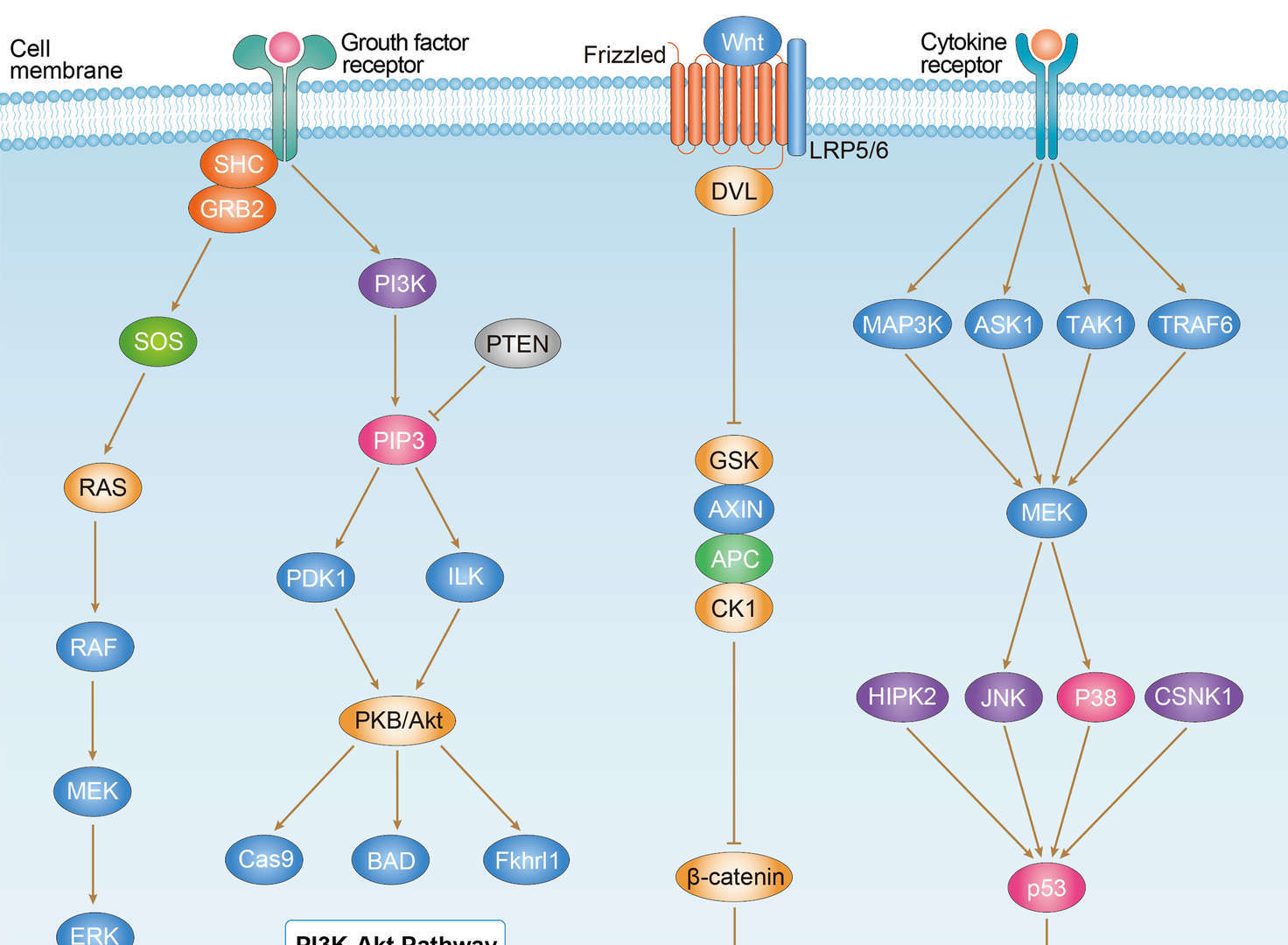 Endometrial Cancer
Endometrial Cancer
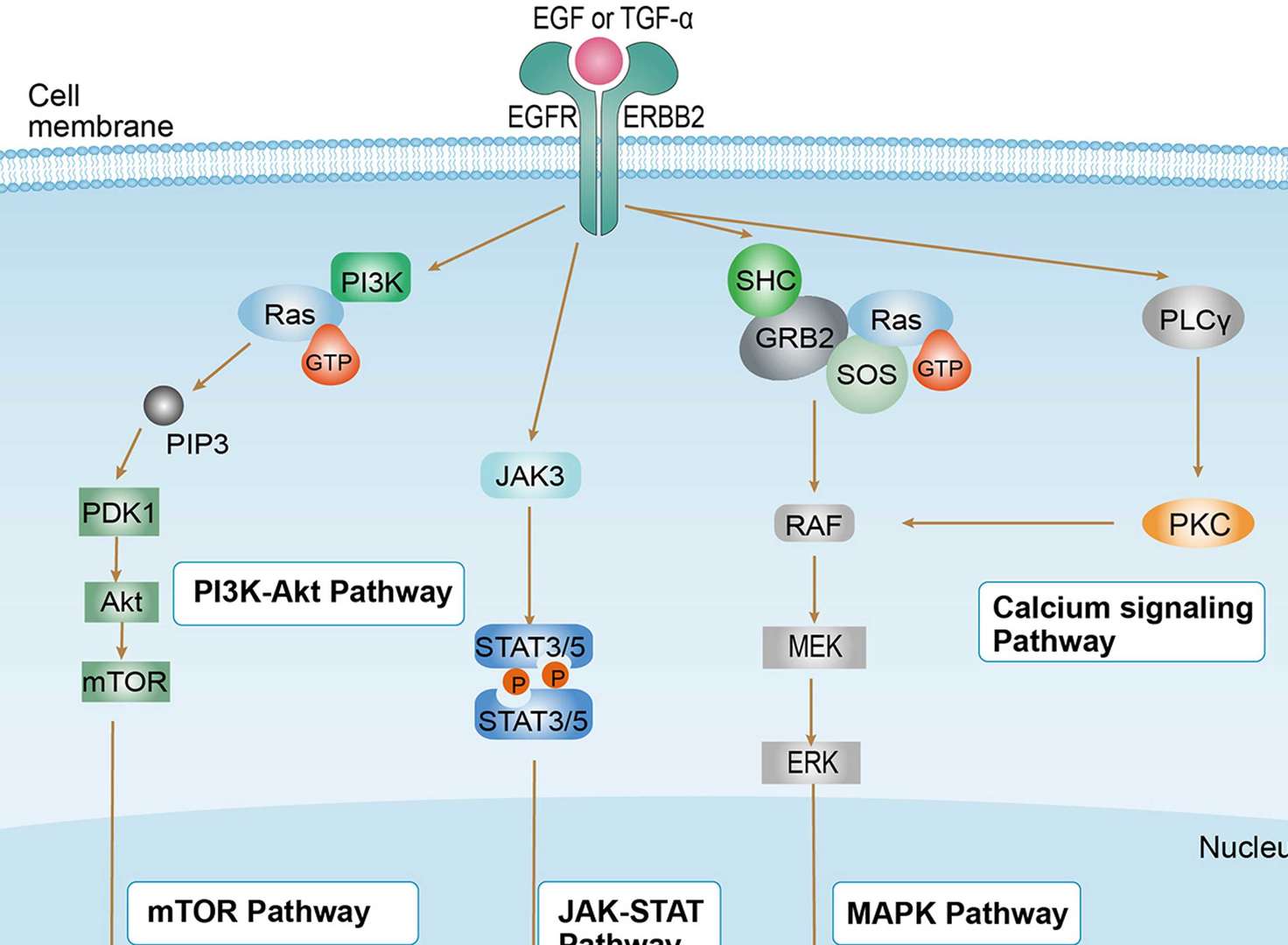 Non-small Cell Lung Cancer
Non-small Cell Lung Cancer
 Pancreatic Cancer
Pancreatic Cancer
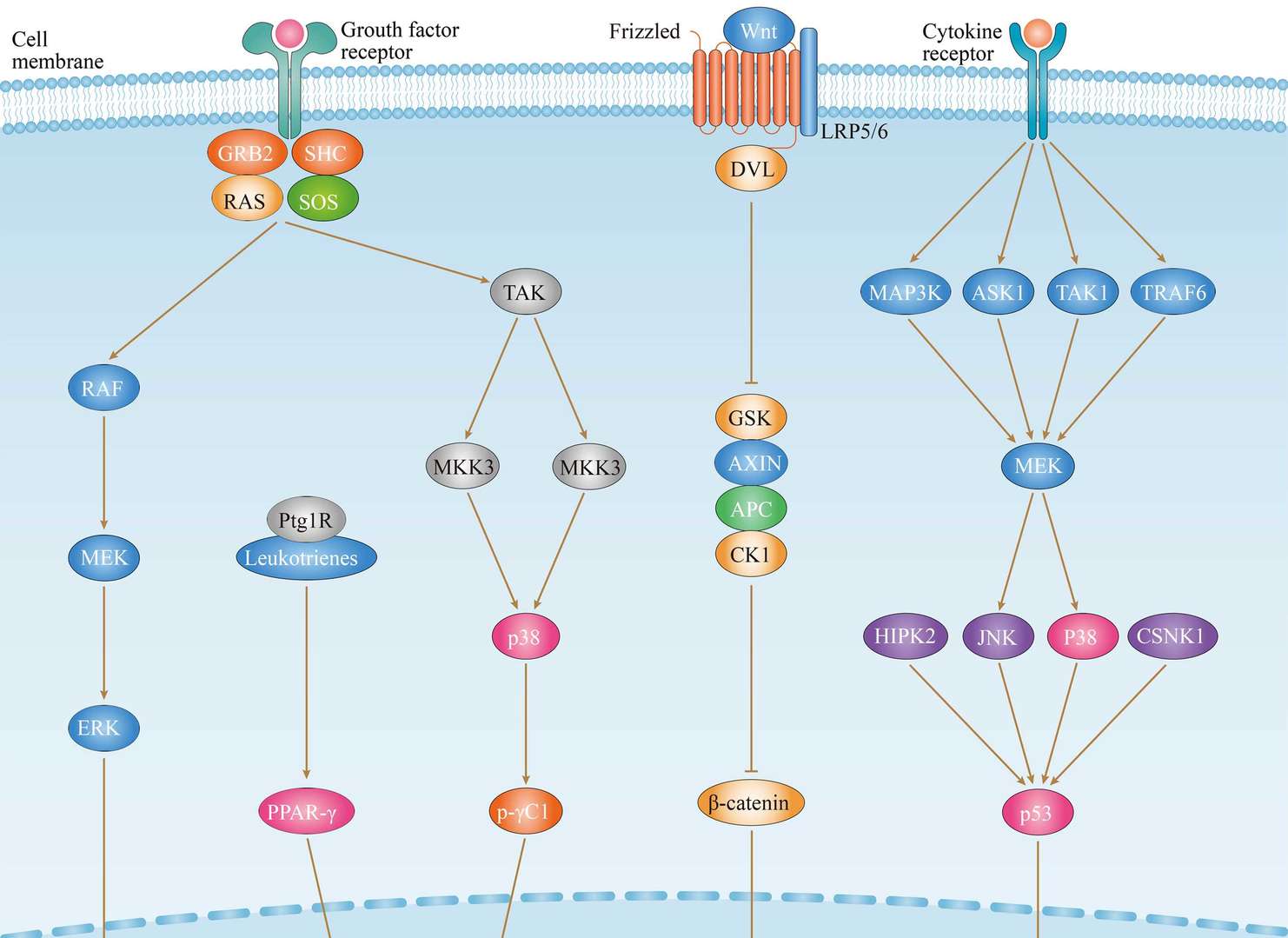 Throid Cancer
Throid Cancer
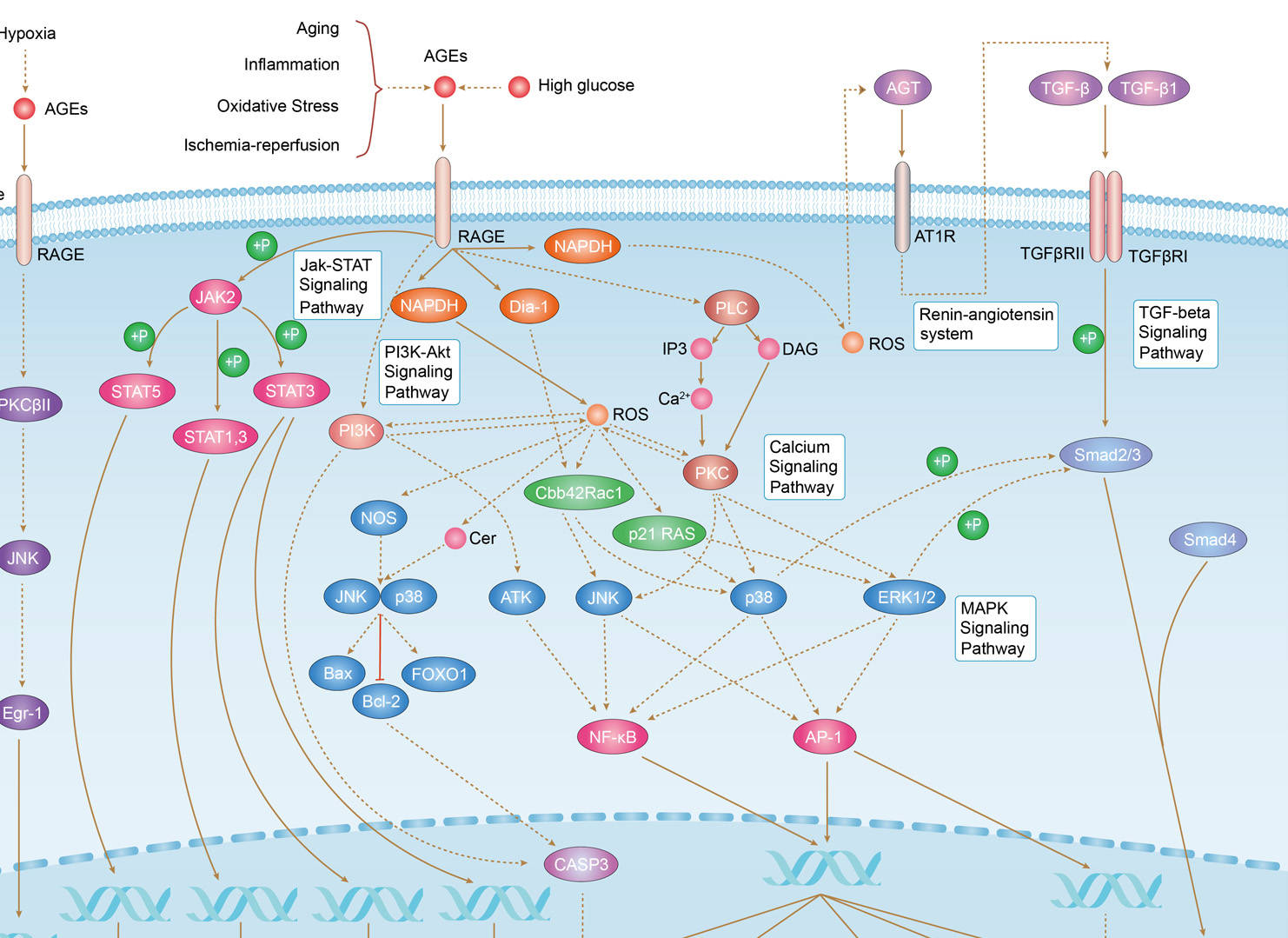 AGE-RAGE Signaling Pathway in Diabetic Complications
AGE-RAGE Signaling Pathway in Diabetic Complications
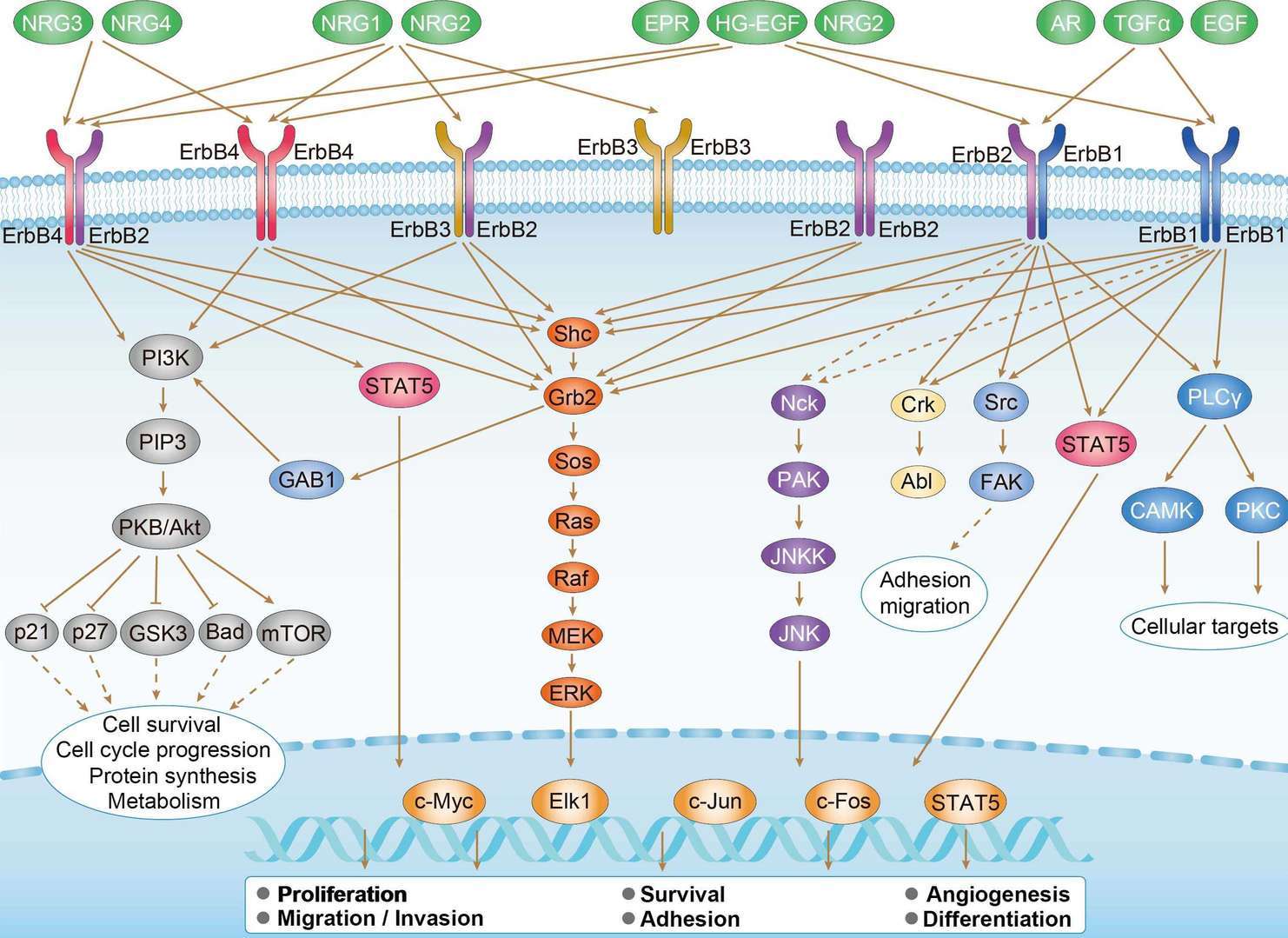 ErbB Signaling Pathway
ErbB Signaling Pathway
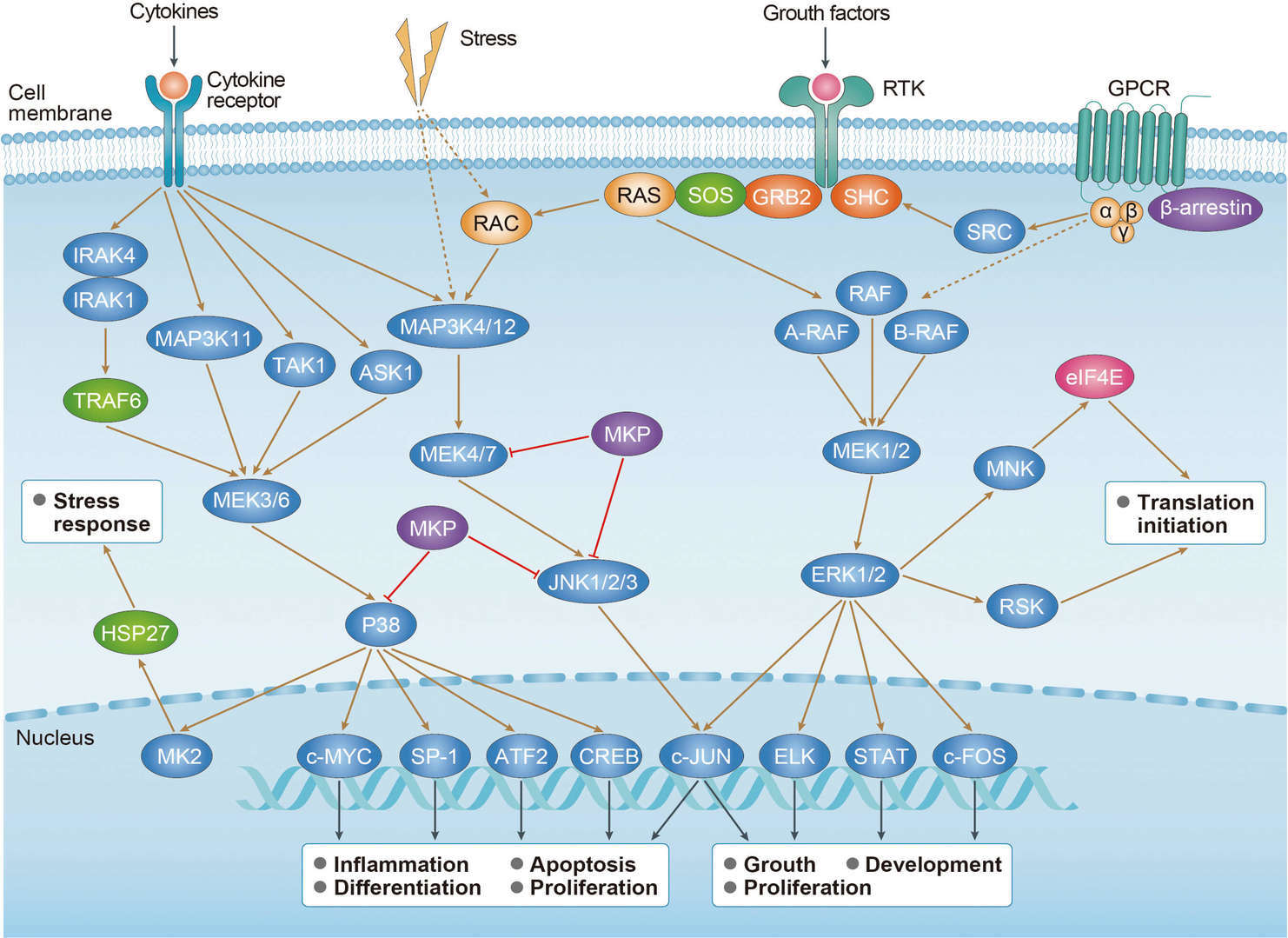 MAPK Signaling Pathway
MAPK Signaling Pathway